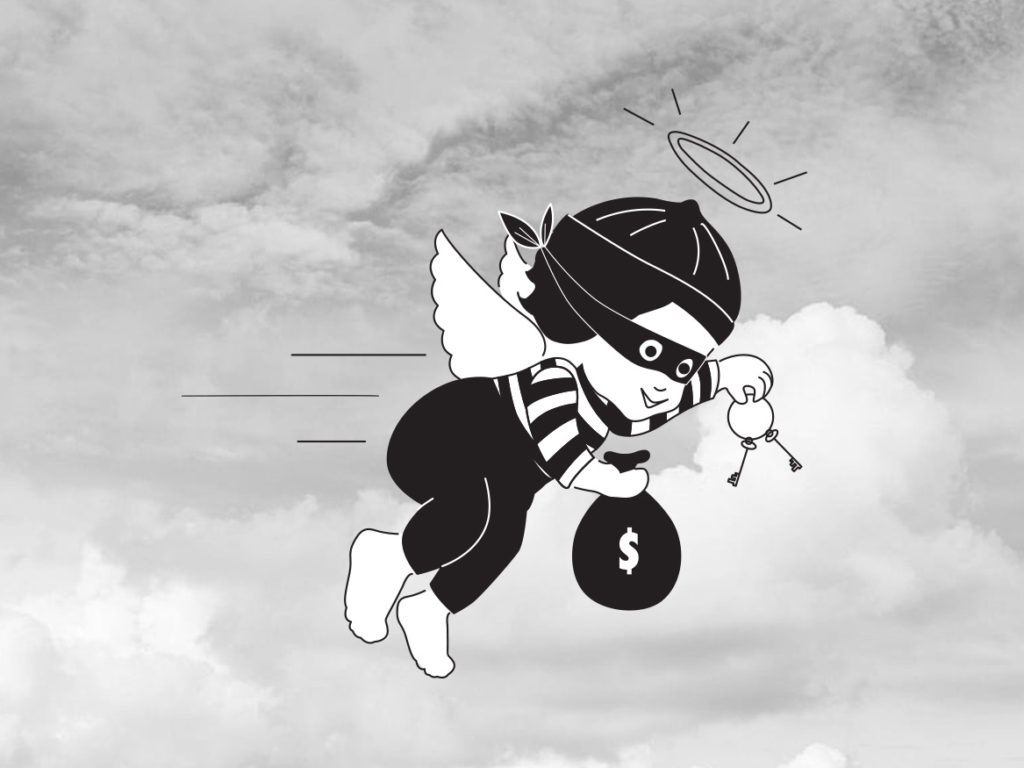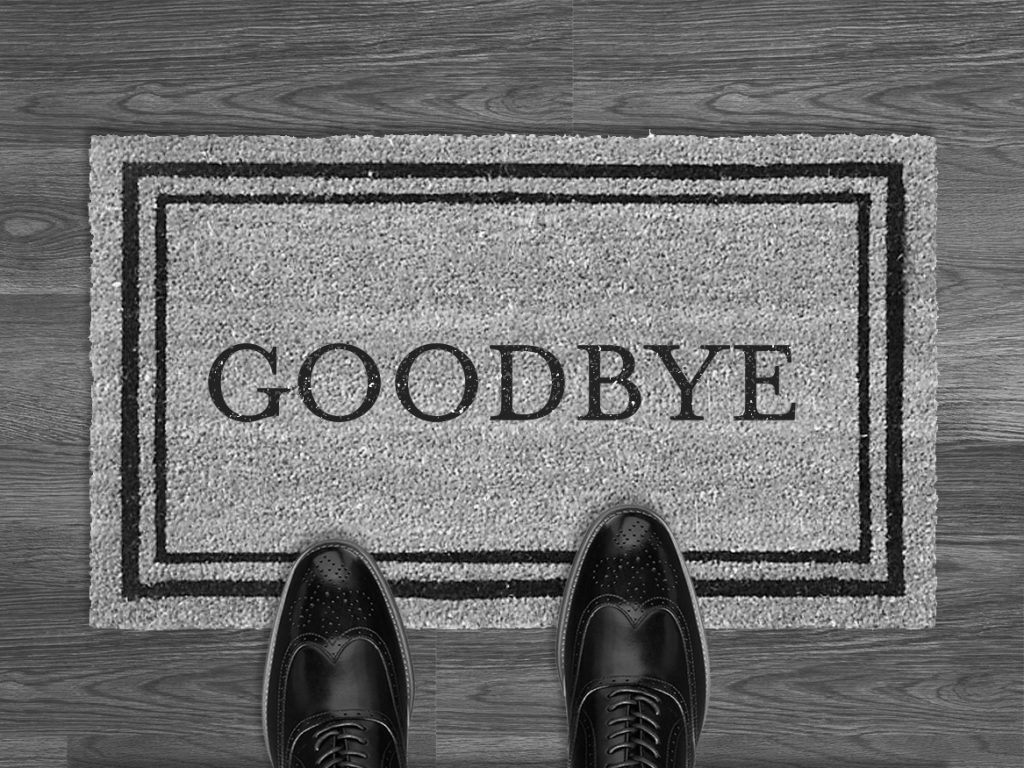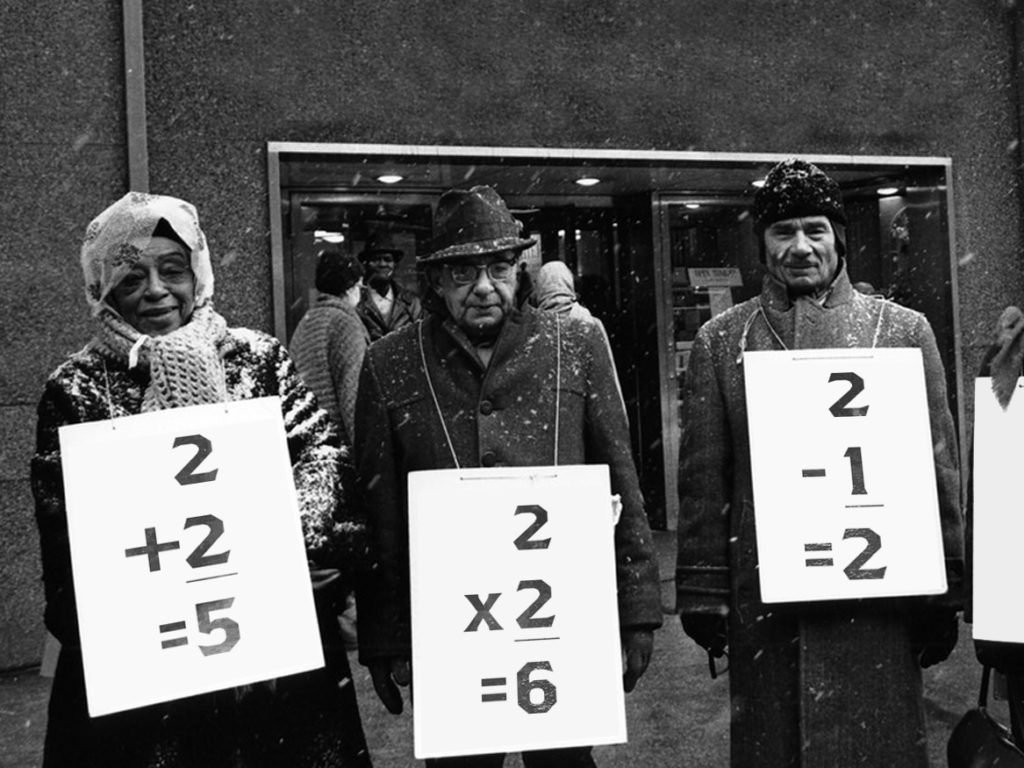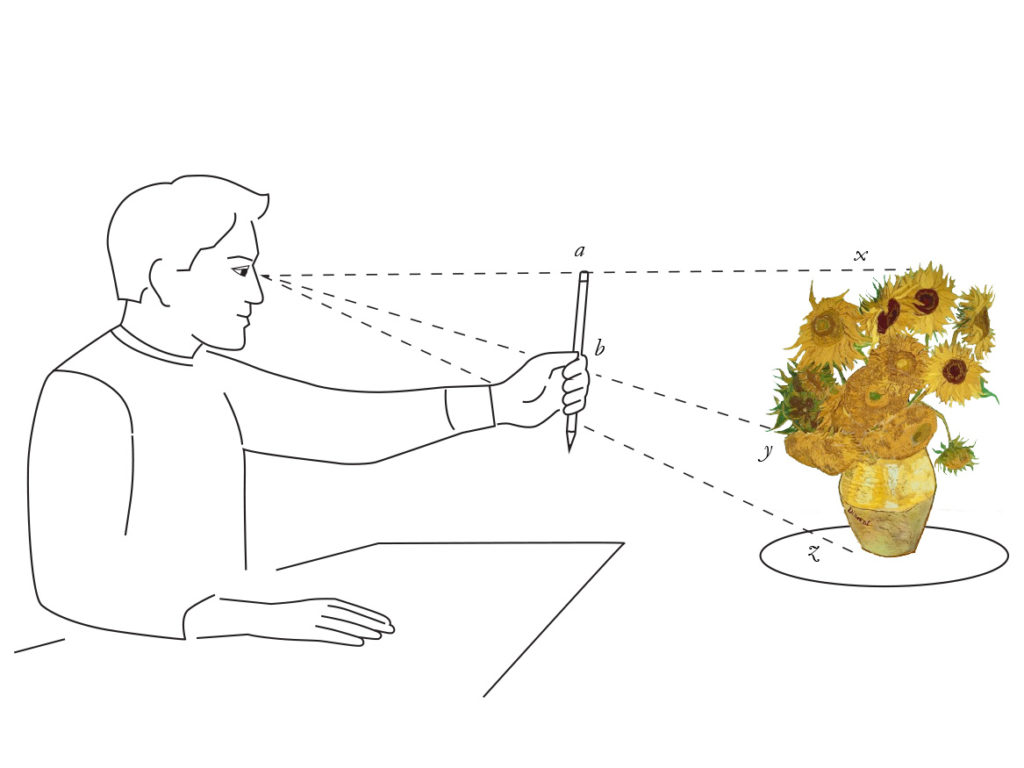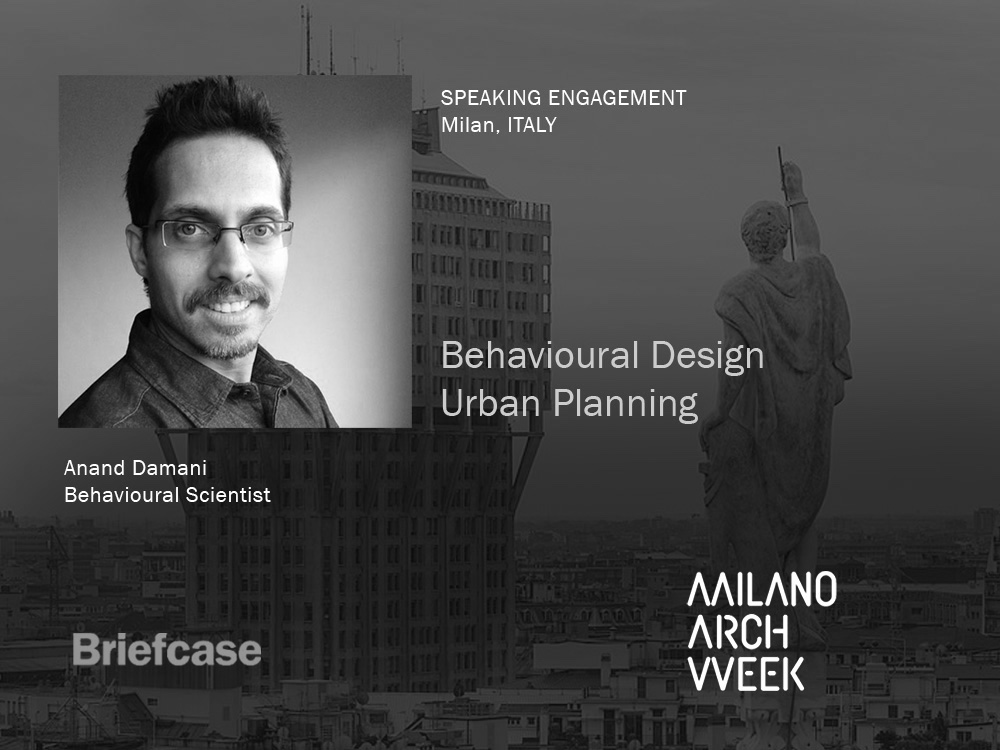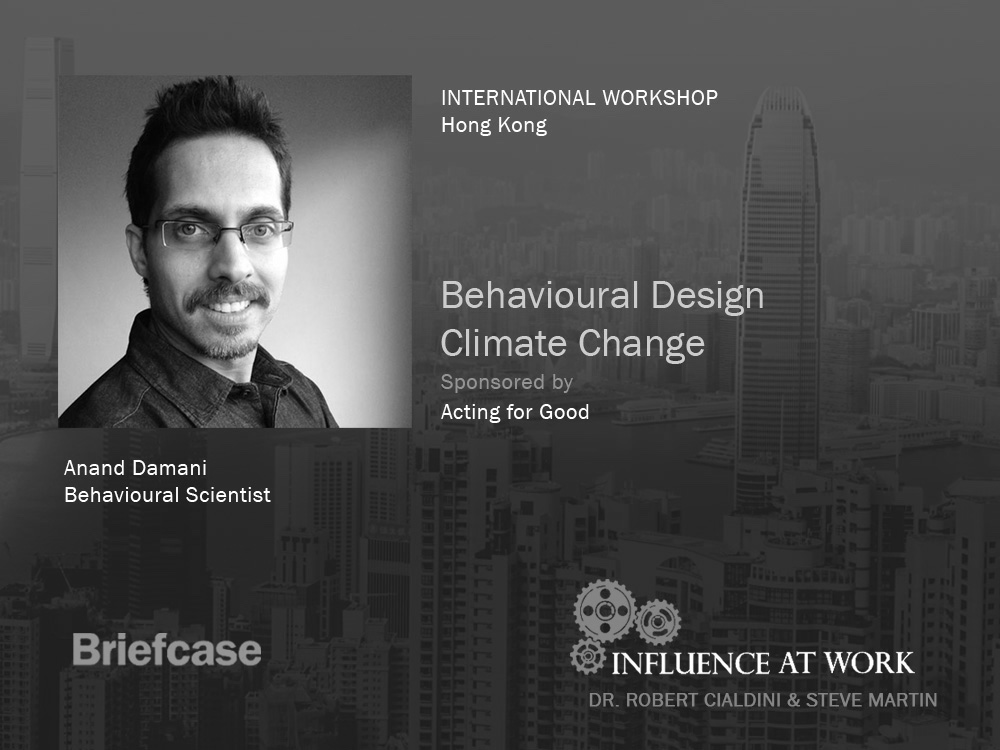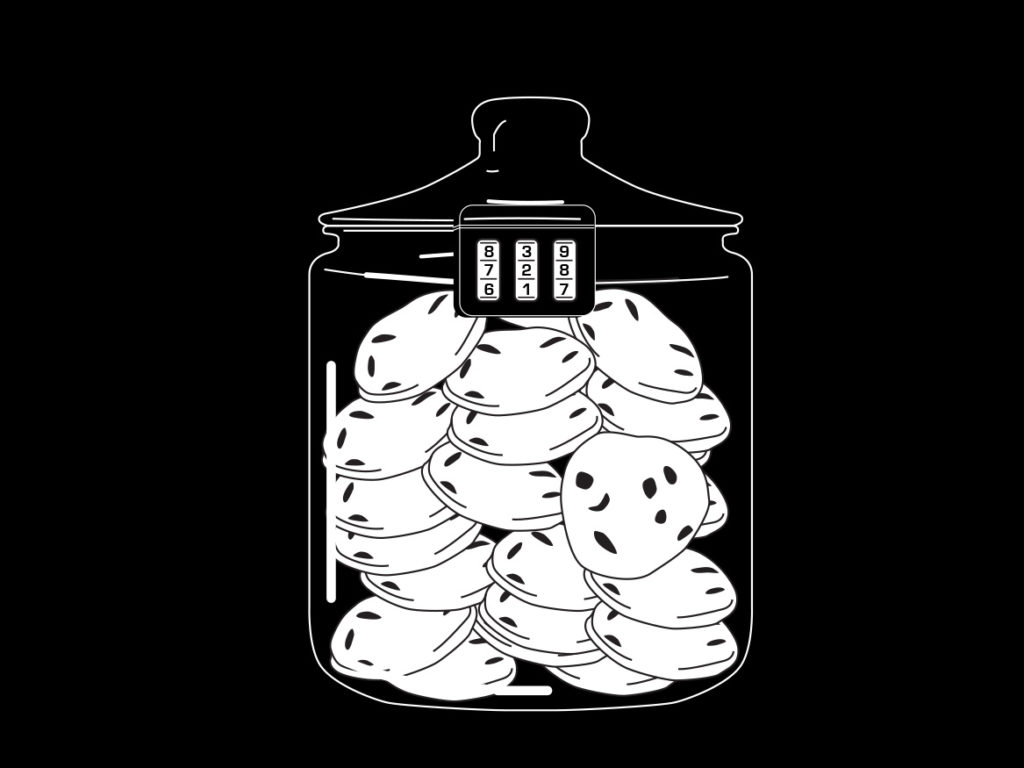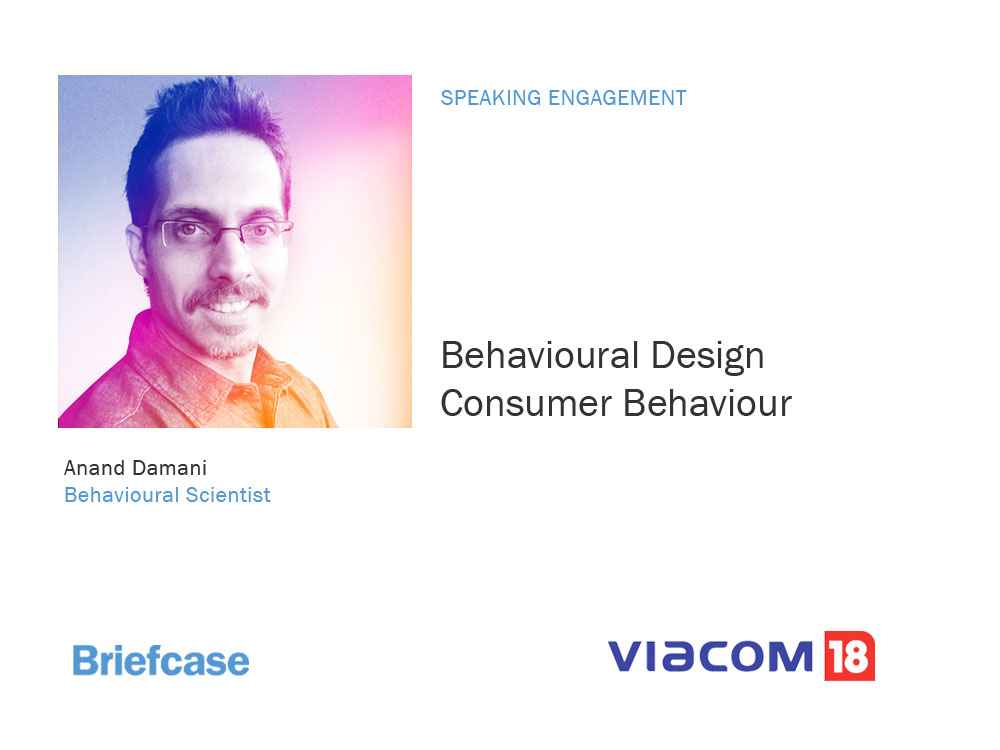
Researchers ask people for their opinion about their product, packaging or concepts to pick insights about their appeal, and get wonderful feedback that is sincere, detailed, and emphatic but has little relation to the truth.
We wrote about ‘Why focus groups cannot be relied’ earlier on the blog. Here’s another perspective – impression management. Impression management is one of a diverse array of forces that influence our truthfulness. Here’s a behavioural science study in which White college students were asked to state their level of agreement (ranging from ‘strongly disagree’ to ‘strongly agree’) with the following two statements:
- It is a bad idea for Blacks and Whites to marry each other.
- Black people are generally not as smart as Whites.
Half the participants who were asked these questions received them the Black researchers and other half from White researchers. All participants were assured that the answers would be confidential.
When the questioner was Black, the participants’ responses were noticeably more Black-favorable than when the questioner was White. The impression management effect occurred without the subjects being aware that their answers had been influenced by the race of the questioner.
Impression management produces flawed, inaccurate responses to many questions, not just race related. That’s why we don’t ask people questions or conduct surveys or focus groups. We rely on the knowledge of the human brain, cognitive neuroscience, behavioural economics and thousands of proven experiments conducted by behavioural scientists on human behaviour, to create Behavioural Design solutions that make the impact.
Source: J.B McConahey, B.B. Hardee & V. Batts – Has racism declined in America? It depends on who is asking and what is asked – Journal of Conflict Resolution 25, 563-579. (1981)
